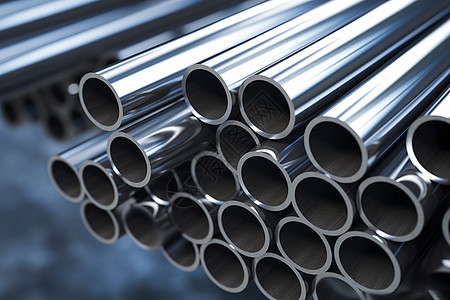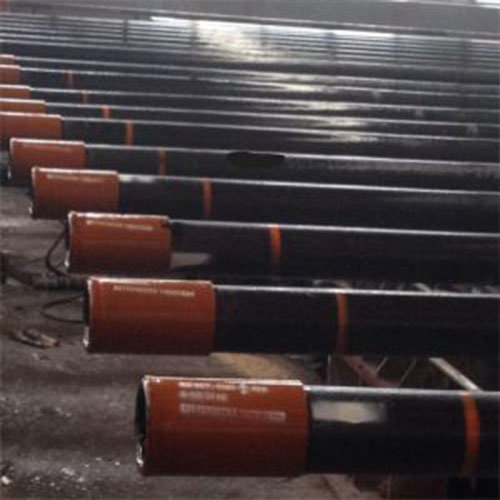Table of Contents
Environmental Impact of Line 5 Oil Pipeline
The Line 5 oil pipeline, operated by Enbridge Energy, has been a source of controversy and concern for many years. The pipeline runs through the Straits of Mackinac, a narrow waterway that connects Lake Michigan and Lake Huron. The pipeline carries up to 540,000 barrels of oil and Natural Gas liquids per day, posing a significant risk to the Environment in the event of a spill.
One of the main concerns surrounding Line 5 is the age and condition of the pipeline. The pipeline was built in 1953, making it over 65 years old. Over the years, the pipeline has suffered from corrosion and other forms of wear and tear, raising questions about its Safety and reliability. In 2018, Enbridge reported that the pipeline had sustained damage from an anchor strike, further highlighting the risks associated with the aging infrastructure.
In addition to the age of the pipeline, the location of Line 5 in the Straits of Mackinac presents a unique set of challenges. The straits are known for their strong currents and unpredictable weather conditions, which could complicate efforts to contain and clean up a potential spill. The remote location of the straits also means that response times could be delayed, increasing the likelihood of environmental damage.

The potential environmental impact of a Line 5 oil spill is significant. The Great Lakes, which are the source of Drinking Water for millions of people, would be at risk of contamination in the event of a spill. Oil spills can have devastating effects on aquatic life, including Fish, birds, and other wildlife. The cleanup process can be lengthy and costly, and the long-term effects of a spill may be felt for years to come.
Despite these risks, Enbridge has continued to operate Line 5, arguing that the pipeline is essential for meeting the energy needs of the region. The company has taken steps to improve the safety of the pipeline, including installing additional supports and conducting regular inspections. However, many environmental groups and concerned citizens believe that these measures are not enough to mitigate the risks posed by Line 5.
In recent years, there has been growing pressure on Enbridge to shut Down Line 5 and find alternative ways to transport oil and gas. Michigan Governor Gretchen Whitmer has called for the pipeline to be decommissioned, citing the potential threat to the Great Lakes and the need to transition to cleaner forms of energy. Environmental groups have also been vocal in their opposition to Line 5, organizing protests and raising awareness about the risks associated with the pipeline.
In conclusion, the Line 5 oil pipeline poses a significant environmental risk due to its age, location, and potential for spills. While Enbridge has taken steps to improve the safety of the pipeline, many believe that these measures are insufficient to protect the Great Lakes and surrounding ecosystems. The debate over Line 5 highlights the broader issue of balancing energy needs with environmental protection, and the need to prioritize the long-term health of our planet.
Legal and Regulatory Issues Surrounding Line 5 Oil Pipeline
The Line 5 oil pipeline has been a source of controversy and concern for many years. This pipeline, which runs through the Straits of Mackinac in Michigan, carries oil and natural gas liquids from Canada to refineries in the United States. While the pipeline has been in operation for decades, it has come under increased scrutiny in recent years due to concerns about its safety and environmental impact.
One of the main issues with the Line 5 pipeline is its age. The pipeline was built in 1953, making it over 65 years old. Over the years, the pipeline has experienced a number of incidents, including leaks and spills. In 2010, the pipeline ruptured in Marshall, Michigan, releasing over 800,000 gallons of oil into the Kalamazoo River. This incident highlighted the potential dangers of aging pipelines and raised questions about the safety of Line 5.
In addition to its age, the location of the Line 5 pipeline is also a cause for concern. The pipeline runs through the Straits of Mackinac, a narrow waterway that connects Lake Michigan and Lake Huron. The Straits are home to a diverse ecosystem, including endangered species such as the piping plover and lake sturgeon. A spill in this area could have devastating consequences for the environment and the local economy.
Despite these concerns, Enbridge, the company that operates the Line 5 pipeline, has continued to defend the pipeline’s safety. The company has conducted regular inspections and maintenance on the pipeline and insists that it is in good condition. However, many environmental groups and local residents remain unconvinced and have called for the pipeline to be shut down.
The legal and regulatory issues surrounding the Line 5 pipeline have only added to the controversy. In 2018, Michigan’s then-governor, Rick Snyder, signed an agreement with Enbridge to build a tunnel to house a replacement section of Line 5. The agreement was met with criticism from environmental groups and some state lawmakers, who argued that it did not go far enough to protect the Great Lakes.
In response to these concerns, Michigan’s current governor, Gretchen Whitmer, has taken steps to shut down the Line 5 pipeline. In November 2020, Governor Whitmer revoked Enbridge’s easement to operate the pipeline in the Straits of Mackinac, citing concerns about the pipeline’s safety. Enbridge has challenged the governor’s decision in court, setting the stage for a legal battle over the future of the pipeline.
The outcome of this legal battle will have far-reaching implications for the Line 5 pipeline and the communities that rely on it. If the pipeline is shut down, it could disrupt the flow of oil and natural gas liquids to refineries in the Midwest and impact energy prices in the region. On the other hand, allowing the pipeline to continue operating could pose risks to the environment and public health.

In conclusion, the Line 5 oil pipeline is a complex issue that raises important questions about the safety of aging infrastructure and the protection of the Great Lakes. The legal and regulatory issues surrounding the pipeline are likely to be debated for years to come, as stakeholders weigh the economic benefits of the pipeline against the potential risks. Ultimately, the decision about the future of Line 5 will have significant implications for the environment, the economy, and the communities that are affected by the pipeline.
